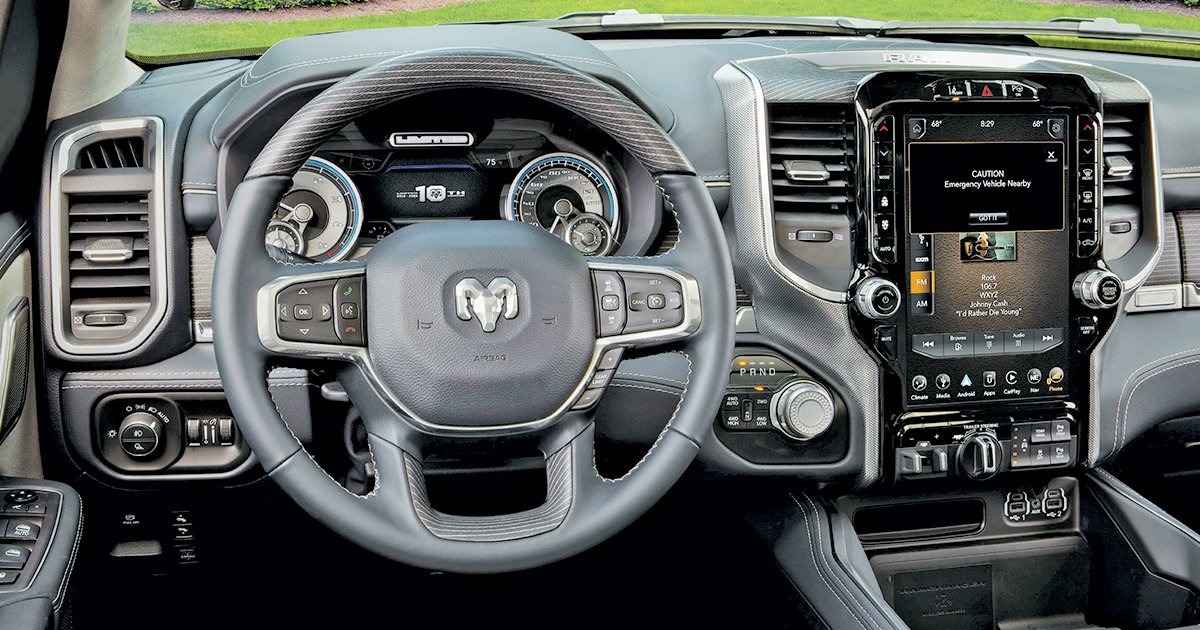
Stellantis, in its second year of existence, views itself as a startup. And it wants to help other startups along the way.
The automaker is looking to foster innovation within its ranks and be a venture capitalist that supports promising outsiders. It’s doing so not only to benefit those companies, says CEO Carlos Tavares, but also to help Stellantis achieve its financial goals in the coming years.
The automaker in March launched its first venture capital fund, Stellantis Ventures, that initially will invest $300 million in startups developing technologies for the automotive and mobility sectors. The company’s “Startup Studio” is responsible for engaging with these up-and-coming tech outfits.
The effort comes at a delicate time, with inflation prompting various nations’ central banks to raise interest rates. Although this may cool things down, Tavares says the higher cost of borrowing also could put pressure on startups.
“If we increase the interest rates, then the free money is over, which means that some of the startups will have a little bit more difficulties to develop themselves,” Tavares said this week. Stellantis is here “to help that development from the startup perspective. And from the Stellantis perspective, [we want] to shortcut and go faster in some of the things where we can create value.”
Stellantis has signed more than 40 contracts with startups since its January 2021 inception, including with an electric aircraft company and a solid-state battery technology developer.
Seven startups from around the world were on display this week at a Stellantis award program to highlight fledgling companies that are integrating their ideas across the auto ecosystem — whether it’s safety warnings on the infotainment screen or a solution from India that connects repair shops directly with Stellantis engineers.
Stellantis began piloting one of these technologies in Detroit last September.
The automaker has been using the digital Safety Cloud warning system from Haas Alert that notifies drivers of nearby emergency vehicles and hazards in real time through messages on the dashboard screen. Stellantis debuted the technology, which it calls the Emergency Vehicle Alert System and can run on vehicles from 2018 and later, at CES in January.
Trpko Blazevski, Stellantis’ manager of global digital innovation, said the automaker first tried sending warnings with no audible beep during testing. It added beeps to grab a driver’s attention based on customer feedback.
The Haas Alert team was on-site during the early testing rounds working with Stellantis, Blazevski said during the startup presentation.
Tavares said Stellantis’ goal is to give startups space to work — not to control them, bog them down or stifle their creativity. But the automaker will be there when its manufacturing and engineering expertise are needed.
“We stay at some distance to make sure that we not in any way, shape or form damage their agility or limit their speed of progress,” Tavares said. “We are an enabler and we don’t want to be in a control mode.
“Of course, things happen. The startup may need more support, including financial support, then things can happen in terms of shareholdings, but that’s not the primary goal.”
Tavares said collaborating with startups will help them grow while enabling Stellantis to transform itself into an “automotive tech company.”
The idea of being a tech company, Tavares said, is encapsulated in Stellantis’ Dare Forward 2030 strategic plan, which calls for greater environmental stewardship with an aggressive rollout of electric vehicles and a goal of being No. 1 in customer satisfaction for its products and services in every market.
Tavares wants to be nimble in getting ideas approved. In his eyes, the freshly merged automaker is a startup itself.
“We can surprise the market,” Tavares said. “We can surprise our competitors, we can help the development of those startups and we can speed up our own development in a direction which is transparent, completely clear, very ambitious.”